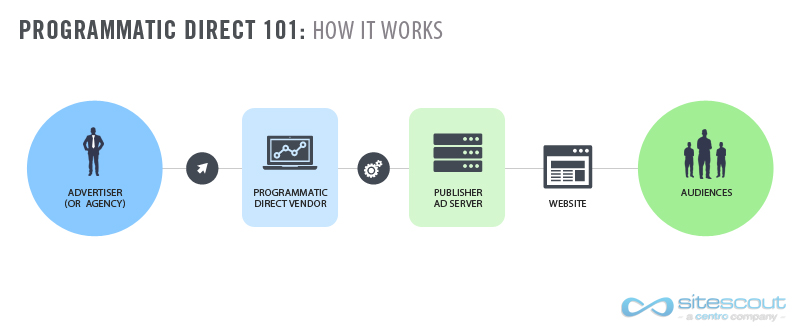The Fast-Changing World of Programmatic
First, the good side of programmatic advertising: marketers have access to various ad categories, from which they can choose the right ads to reach precise sets of customers and increase advertising efficiency. Now, the bad side is that publishers have a huge administrative task and they find themselves within a highly complex process. And yet, advertising automation or programmatic advertising is the latest solution available to marketers.
What publishers should do
Besides optimizing ad placement, publishers must facilitate processes that mitigate the complexity of optimizing inventory buying. Technology features such as inventory optimization can help a great deal nowadays. It definitely gives publishers and edge. That said, here’s what else publishers can do of their own accord in order to mitigate complexities.
Understand the language of digital media: Understand your audience by investigating their views and visits. Read, analyze, and maintain the tracking data properly.
Take advantage of targeted content: You can take advantage of content that you and the network produce based on audience segmenting.
Maintain data carefully: To understand your business, your data is the best resource, be it data at the first instance, or behavioral data.
Crucial changes brought about by programmatic buying
The world of online inventory and ad buying has completely changed with programmatic advertising. Most businesses are embracing the programmatic mode of buying and selling ad spaces, because you can use software to automate and optimize purchasing of digital ads. You can also facilitate real-time bidding using suitable algorithms. Gone are the days of manual ad-space purchasing.
It allows ad buying to work as an automated process, serving marketers with the highest possible efficiency. It has pricing transparency, because of which ad buyers can choose ads and use them with definite knowledge. This helps in showcasing the right ads to the right target audiences.
Some experts feel programmatic advertising functions are in a way similar to stock market operations. Here’s why:
- A publisher puts impressions on sale. Marketers can bid exactly like shareholders to win those impressions.
- Their work functions are based on automated algorithmic refinement to support decision making and strategy.
- Every media inventory has a value fixed and identified according to the supply chain, and its demands and scarcities.
- The lower the availability in the inventory, the higher the price and value of the impression.
The digital ad market creates billions of ad impressions each day. Each one is checked and used by different sites like specific publishers, different ad-unit dimensions, and on-site pages. Moreover, each site checks different slots like time of the day, device location, demographics, online histories and more.
The shift to online advertisement from traditional media happened just a few years back. Even now, advertisements are displayed in print media, radio, and television. The pioneers in the digital industry were building different technologies to handle online ad serving. But such developments were lacking judicious targeting capabilities. Recent developments owe the advantage of targeting to the rise of advertising technology (ad tech) and real-time software solutions.
Author Bio:
Preethi Vagadia is a senior business architect worked in marketing department with top notch companies and has over 8 years of experience in content management solution, advertising technology, adserver software. She has also worked in several process improvement projects involving multi-national teams for global customers in warranty management and mortgage.

















One Response to The Fast-Changing World of Programmatic